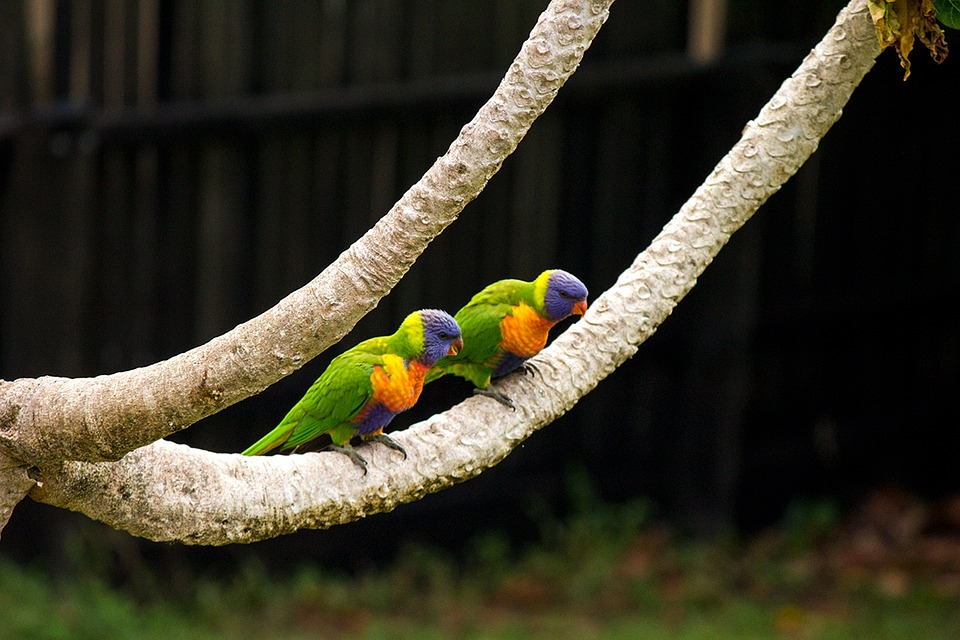**Tips for Using Positive Reinforcement to Address Nervousness During Training Introductions**
1. Create a calm environment: Before starting any training session, make sure the area is quiet and free from distractions. This will help your parrot feel safe and comfortable.
2. Start with familiar objects: Begin the training process by using objects or toys that your parrot is already familiar with. This familiarity will help ease their nervousness and build their confidence.
3. Use high-value rewards: Identify treats or rewards that your parrot finds highly motivating and use them as positive reinforcement. This could be their favorite fruits or nuts, verbal praise, or gentle head scratches. Find what excites your parrot and use it to reinforce desired behaviors.
4. Break down training steps: To avoid overwhelming your parrot, break down the training process into small, manageable steps. For example, if you’re teaching your parrot to step onto your hand, start by rewarding them for approaching your hand, then progress to touching, and finally stepping onto it. This gradual progression allows your parrot to build confidence and reduces their nervousness.
5. Reward incremental progress: During training introductions, it’s important to reward even the smallest signs of progress. If your parrot shows any willingness to engage or attempts to perform the desired behavior, provide immediate positive reinforcement. This reinforces their effort and encourages further improvement.
6. Maintain consistency: Consistency is key in positive reinforcement training. Establish a consistent routine and stick to it. This helps your parrot understand what is expected of them and reduces their nervousness by providing a sense of predictability.
7. Progress at your parrot’s pace: Each parrot is unique, and their comfort levels and learning abilities vary. Respect your parrot’s individual pace and avoid rushing the training process. Allow breaks when needed and always end each training session on a positive note.
**Frequently Asked Questions (FAQs)**
1. Q: My parrot seems extremely nervous during training introductions. What can I do to help them relax?
– A: Start by creating a calm environment, free from distractions. Use familiar objects and high-value rewards to increase their comfort. Break down the training steps and reward incremental progress, encouraging your parrot to relax and trust the training process.
2. Q: How often should I train my parrot to address nervousness?
– A: Consistency is crucial. Aim for short, frequent training sessions to maintain engagement without overwhelming your parrot. Start with a few minutes a day and gradually increase the duration as your parrot becomes more comfortable.
3. Q: My parrot gets nervous around new people. How can I address this during introductions?
– A: Incorporate positive reinforcement techniques when introducing your parrot to new people. Reward your parrot for calm behavior while gradually introducing them to different individuals. Ensure that these introductions are done in a controlled, stress-free environment.
4. Q: Are there any specific body language cues I should look for to assess my parrot’s nervousness during training introductions?
– A: Yes, watch for signs such as fluffed feathers, crouching, rapid breathing, or vocalizations that indicate discomfort or nervousness. Adjust your training approach accordingly, ensuring your parrot feels safe and secure.
Remember, patience and understanding are essential when addressing nervousness during training introductions. By using positive reinforcement and gradually building your parrot’s confidence, you can create a harmonious training experience that fosters trust and develops their skills. Happy training!









